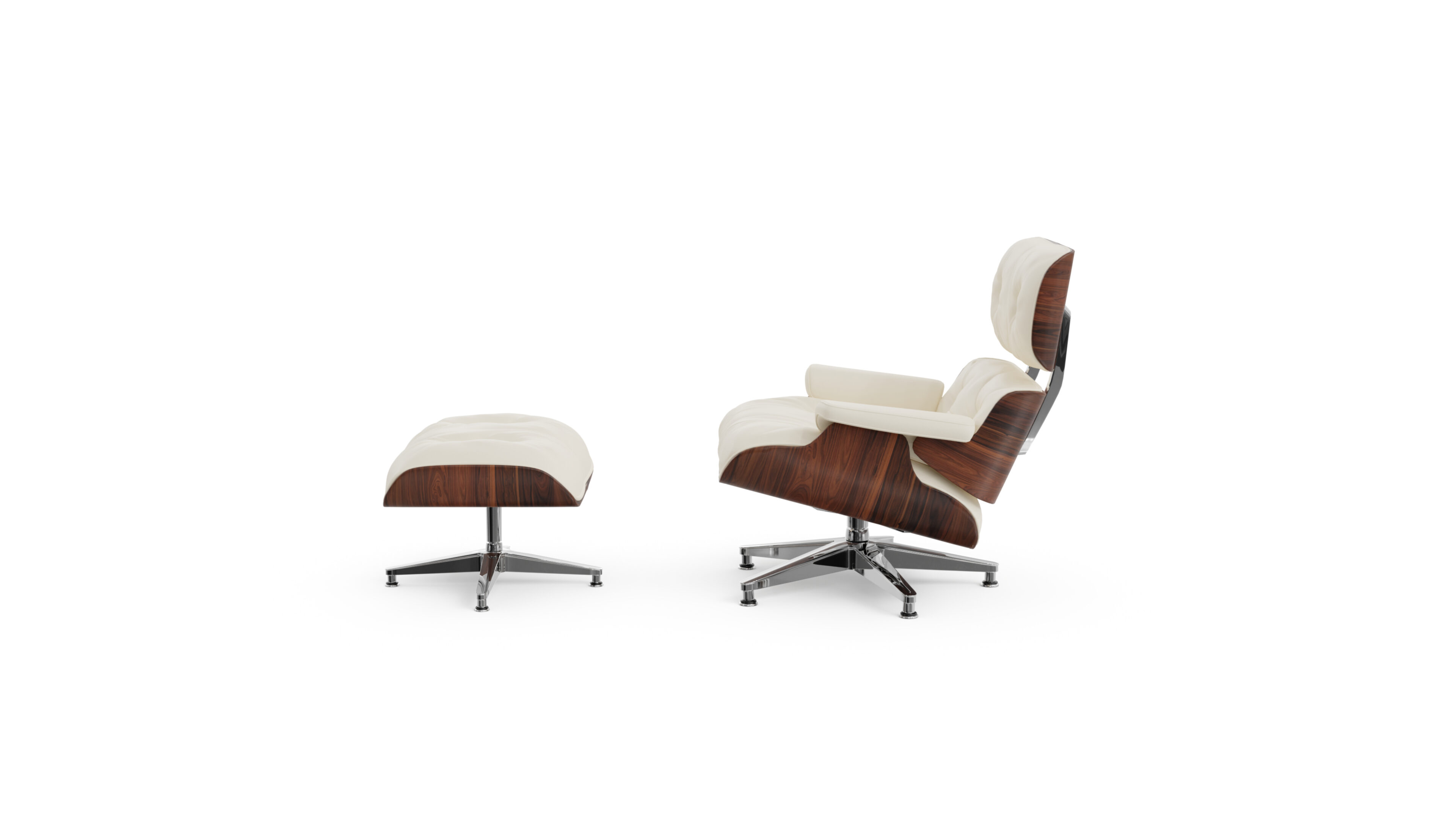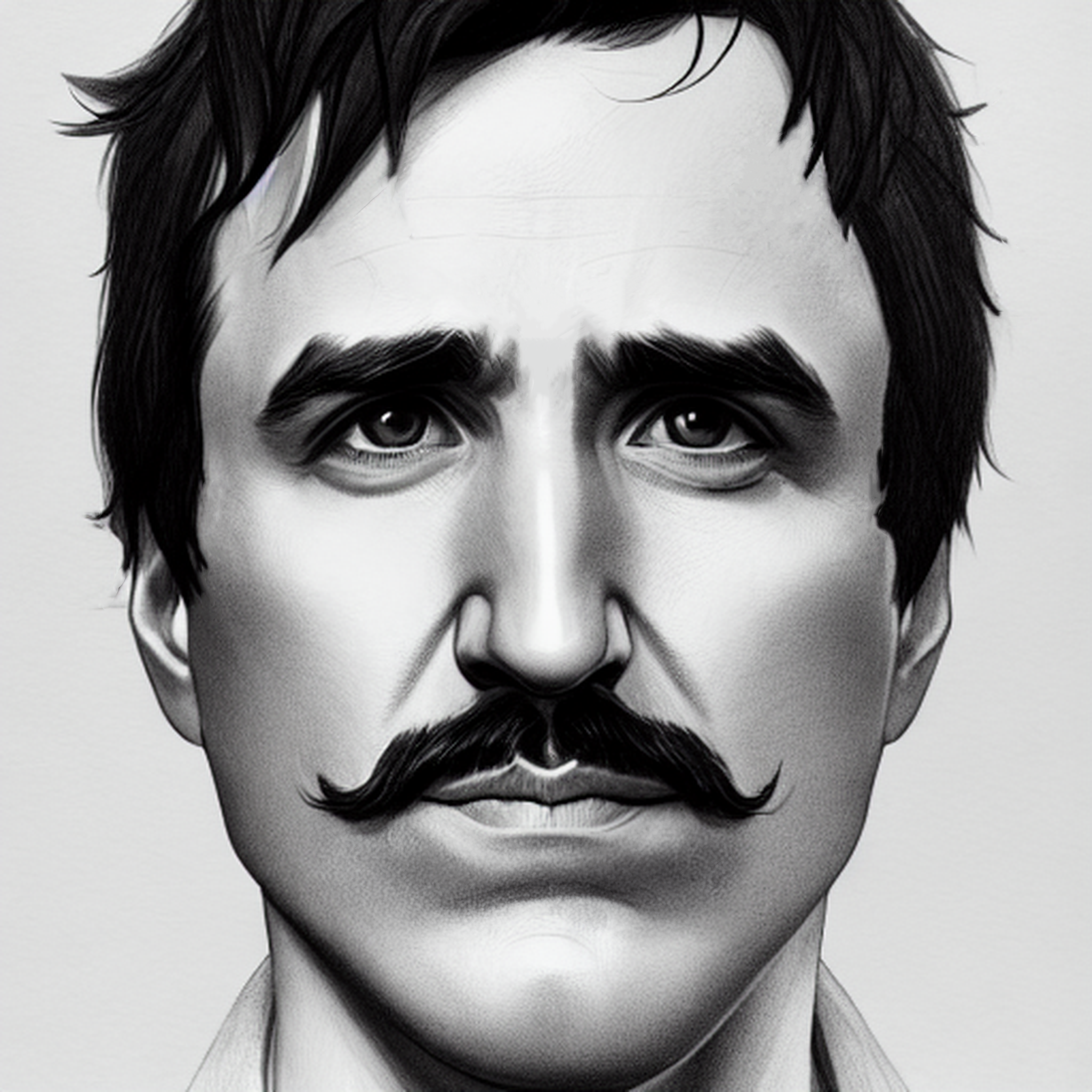

Preben Fabricius & Jørgen Kastholm Biography
Preben Fabricius and Jørgen Kastholm are prominent figures in Danish Design, both born and educated in Denmark. They honed their design philosophies at the Copenhagen School of Interior Design, where they shared a mutual design ethos. Their partnership in the 1960s resulted in a range of minimalist furniture that significantly impacted the industry. With Fabricius’s background as a cabinetmaker and Kastholm’s experience as a smith, they brought a unique combination of skills and viewpoints to their work. Their designs are marked by a dedication to quality and a fondness for materials like steel and leather, iconic of Mid-Century Modern Design. Their international recognition was solidified at the Cologne Fair in 1966, which led to contracts from several major furniture companies. This marked the start of their global influence. Today, many of their original designs are still reproduced, demonstrating their enduring appeal and influence on Scandinavian Design.
Early Life and Education
Born in 1931 in Denmark, Preben Fabricius was trained by Niels Vodder, a well-known Danish cabinetmaker who collaborated with designer Finn Juhl. Fabricius later attended the Copenhagen School of Interior Design, where he then studied under Finn Juhl, a key figure in the development of “Danish design” in the mid-20th century. This education and training shaped Fabricius’s design approach which emphasized quality and a preference for natural materials. Jørgen Kastholm, also born in 1931, hailed from the city of Roskilde in Denmark. He initially trained as a smith before shifting his focus to furniture design. Like Fabricius, Kastholm attended the Copenhagen School of Interior Design, where he also studied under Finn Juhl. During their time at the Design School, Kastholm met Fabricius and discovered a shared approach to design. This meeting marked the beginning of their collaboration that would last several years.
Career and Collaboration
In 1961, Preben Fabricius and Jørgen Kastholm established their design studio, marking the beginning of a seven-year partnership. Their shared approach to design was characterized by a commitment to quality and a preference for natural materials. Their designs were minimalist, functional, and comfortable, reflecting their belief in the Danish Design principles. Their collaboration led to their international breakthrough at the Cologne Fair in 1965. Their work caught the attention of Alfred Kill, a German furniture manufacturer, who offered them a contract. This partnership resulted in a series of attractive and comfortable designs, usually in steel and leather, reflecting their commitment to Mid-Century Modern Design.
Among their most notable designs during this period were the Grasshopper Chair and the Scimitar Chair. These designs utilized innovative uses of materials and techniques, as well as their minimalist aesthetic. Fabricius and Kastholm’s intention was to create furniture with a clear aesthetic form, aiming for timelessness. They dedicated themselves to the optimization of form, material, and ergonomics, following the functional-aesthetic tradition of Scandinavian design. The Bauhaus also shaped their approach. In the late 1960s, they designed the iconic FK bucket seat, a classic design of modernity and minimalism. In 1969, the chair was the first recipient of the Federal Prize for “Good Form” in Germany.
Signature Designs and Industry Impact
Preben Fabricius and Jørgen Kastholm’s signature designs include:
1. FK Series: Including the FK6720 Easy Chair, FK6725 Bucket Chair, and FK6726 models, characterized by their use of leather and stainless steel.
2. Scimitar Chair (1962): Named after its distinctive base shape, made from stainless steel with a leather-upholstered seat.
3. Bo-562 Sofa and Chair (1963): Reflecting their minimalist aesthetic and functionalist approach.
4. Scimitar Table (1964): Complementing the Scimitar Chair design.
5. Grasshopper Chair: Known for its innovative use of materials and minimalist design.
Legacy and Influence
Fabricius and Kastholm’s designs have left an enduring impact on the world of design, particularly within Danish and Scandinavian furniture. Their work has been recognized with several awards, including the first German Gute Form (Good Design) prize and the Illum Prize in 1969 for their significant contributions to architecture and furniture design. Their designs have been accepted and recognized by elite architects and designers, and they have been considered equals to renowned Danish architects and designers such as Arne Jacobsen, Hans Jørgen Wegner, and Finn Juhl. Their original furniture pieces can be found in over 120 different airports, the Louvre in Paris, and the Museum of Modern Art in New York. Their work continues to inspire and influence modern designers, encouraging creativity and the exploration of unusual shapes and materials. Today, their legacy lives on in the design principles they championed. Their commitment to functionalism, quality, and attention to detail continues to be a guiding principle for many contemporary designers.
Preben Fabricius & Jørgen Kastholm FAQs
When did Preben Fabricius & Jørgen Kastholm start their collaboration?
Preben Fabricius and Jørgen Kastholm began their collaboration in 1961, when they opened their own design office. Their partnership, although lasting less than a decade, resulted in a number of iconic designs that have left a lasting impact on the world of design.
What are some of their most famous designs?
Some of their most famous designs include the FK Series, notably the FK6720 Easy Chair, and the Scimitar Chair. These designs are characterized by their minimalist aesthetic, functionalist approach, and the use of high-quality materials.
What materials did they commonly use in their designs?
Fabricius and Kastholm commonly used materials such as leather and steel in their designs. Their innovative use of these materials, combined with their commitment to functionalism and quality, resulted in designs that were appealing, durable, and comfortable.


















